There is a workaround for this issue after the recent change in Google OAuth policies.
After integrating the Google Sign and enabling Google Calendar API, I was able to work with Google Calendar API to fetch and add Calendar Events. We just have to set the authorizer for GTLServiceCalendar which is obtained after Google sign-in.
service.authorizer = user.authentication.fetcherAuthorizer()
Here is the code snippets of Google GIDSignIn, followed by fetching calendar events.
import GoogleAPIClient
import GTMOAuth2
import UIKit
import GoogleSignIn
class ViewController: UIViewController, GIDSignInUIDelegate, GIDSignInDelegate {
private let kApiKey = "AIzaXXXXXXXXXXXXXXXXXXXXXXX"
// If modifying these scopes, delete your previously saved credentials by
// resetting the iOS simulator or uninstall the app.
private let scopes = [kGTLAuthScopeCalendar]
private let service = GTLServiceCalendar()
override func viewDidLoad() {
super.viewDidLoad()
service.apiKey = kApiKey
GIDSignIn.sharedInstance().uiDelegate = self
GIDSignIn.sharedInstance().scopes = scopes
GIDSignIn.sharedInstance().signIn()
GIDSignIn.sharedInstance().delegate = self
}
func sign(_ signIn: GIDSignIn!, didSignInFor user: GIDGoogleUser!, withError error: Error!) {
if user != nil {
print("\(user)")
service.authorizer = user.authentication.fetcherAuthorizer()
fetchEvents()
}
}
// Construct a query and get a list of upcoming events from the user calendar
func fetchEvents() {
let query = GTLQueryCalendar.queryForEventsList(withCalendarId: "primary")
query?.maxResults = 20
query?.singleEvents = true
query?.orderBy = kGTLCalendarOrderByStartTime
service.executeQuery(query!, delegate: self, didFinish: #selector(ViewController.displayResultWithTicket(ticket:finishedWithObject:error:)))
}
// Display the start dates and event summaries in the UITextView
func displayResultWithTicket(
ticket: GTLServiceTicket,
finishedWithObject response : GTLCalendarEvents,
error : NSError?) {
if let error = error {
showAlert(title: "Error", message: error.localizedDescription)
return
}
var eventString = ""
if let events = response.items(), !events.isEmpty {
for event in events as! [GTLCalendarEvent] {
print(event)
}
} else
print("No upcoming events found.")
}
}
}
This is how my credentials section appear in Google Dev Console.


